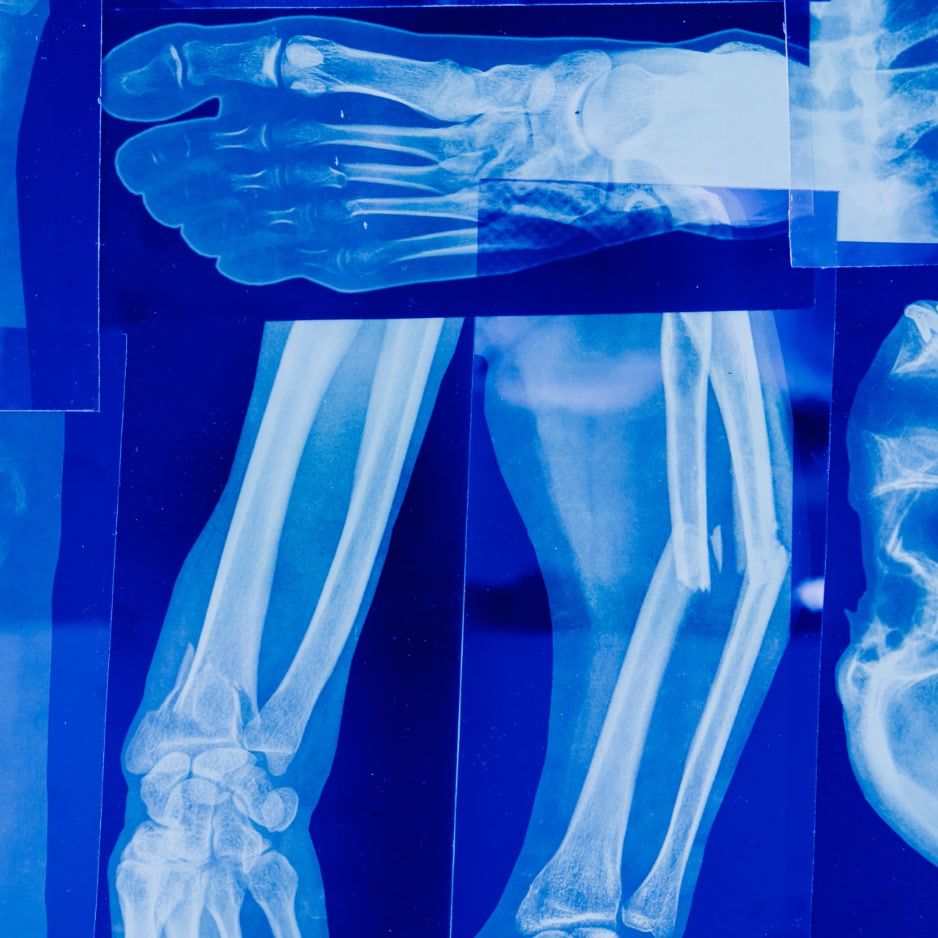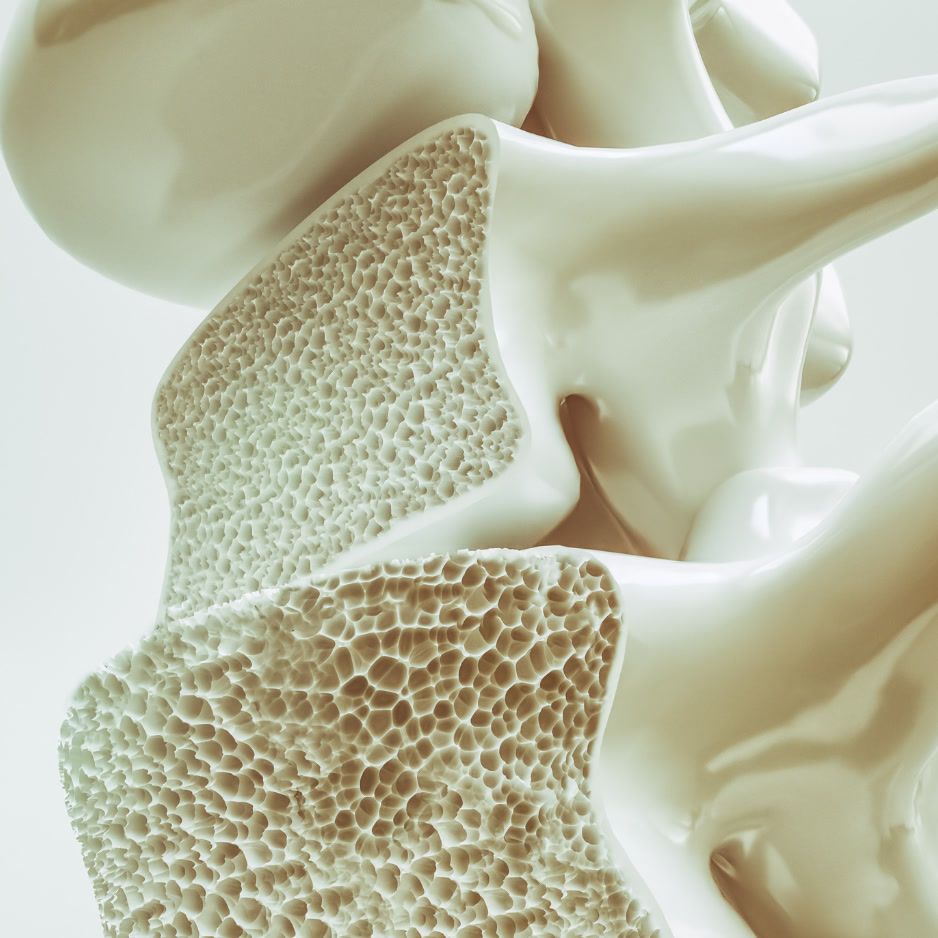Breast Ultrasound: Uses, Preparation, and What to Expect

Breast Ultrasound: Uses, Prep & What to Expect
Quick answer: A breast ultrasound is a safe, radiation‑free test that uses sound waves to look closely at breast tissue. It helps tell cysts from solid lumps, clarifies mammogram findings, and guides biopsies. A radiologist reads your results and explains next steps.
A breast ultrasound uses high‑frequency sound waves (not radiation) to create images of breast tissue. It can clarify something seen on a mammogram or exam, tell whether a lump is a fluid‑filled cyst or a solid mass, and help guide needle biopsies. In people with dense breasts, it’s sometimes used as supplemental screening alongside mammography.
Key takeaways
- Safe and radiation‑free. Ultrasound uses sound waves and is considered safe, including during pregnancy (Johns Hopkins Medicine overview).
- Great for clarifying a lump. It helps tell if a lump is a simple cyst (usually benign) or a solid mass that may need more testing (Cleveland Clinic guide).
- Helpful in dense breasts—with tradeoffs. Screening ultrasound after a normal mammogram can find about 2–3 additional cancers per 1,000 people with dense breasts, but it also increases callbacks and benign biopsies (DenseBreast‑info technology page).
- Guidelines emphasize conversation. The US Preventive Services Task Force says evidence is insufficient to recommend for or against routine supplemental ultrasound for dense breasts; the American College of Obstetricians and Gynecologists recommends shared decision‑making based on overall risk (latest USPSTF guidelines; ACOG recommendations).
What is a breast ultrasound?
During a breast ultrasound, a technologist applies clear gel on your skin and moves a small handheld probe (transducer) over the breast. The probe sends and receives sound waves that form real‑time images. It does not use X‑rays or ionizing radiation (Johns Hopkins Medicine overview).
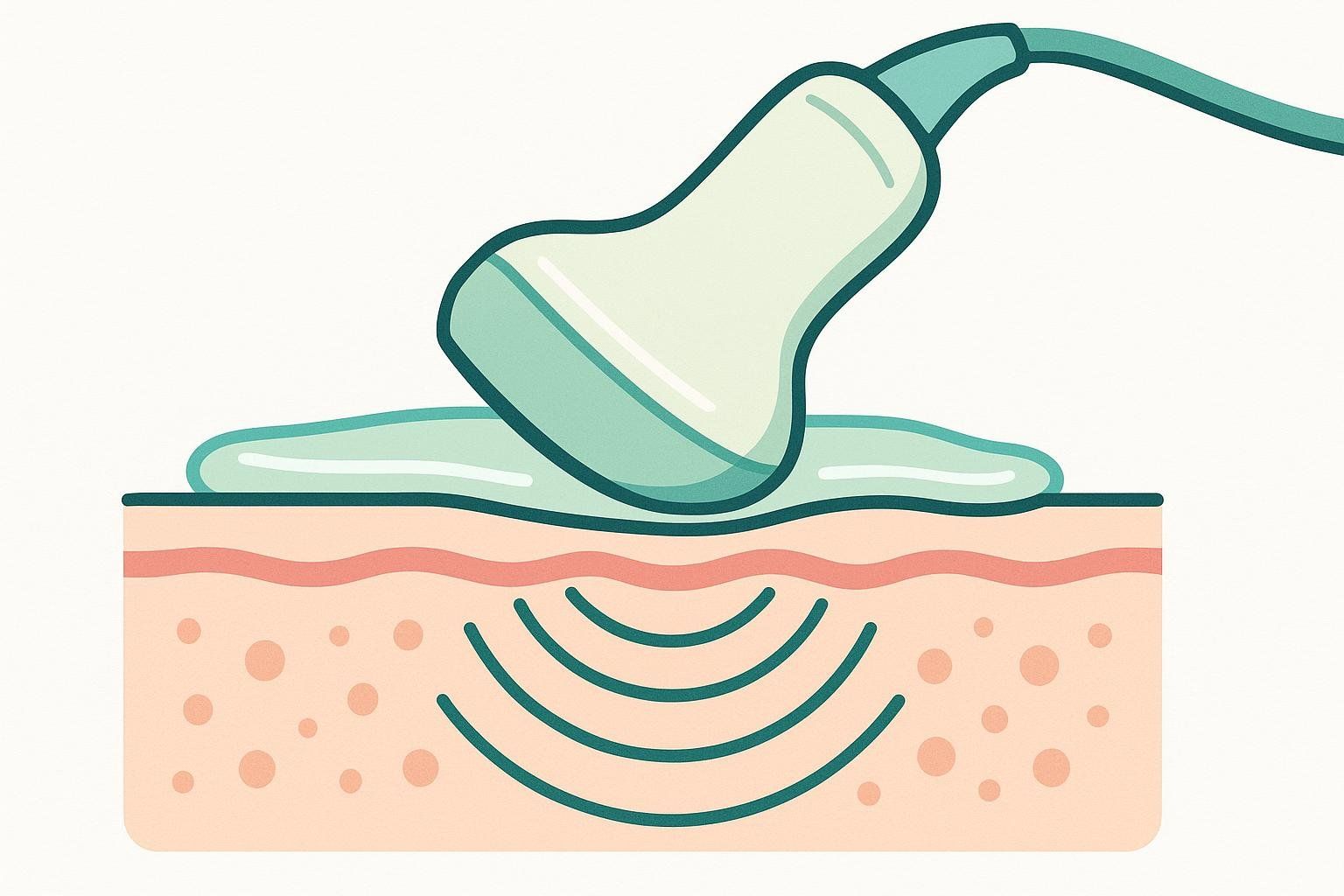
Clinicians use breast ultrasound to evaluate a specific area of concern, guide needle biopsies, or—less commonly—to screen the whole breast in certain situations (Cleveland Clinic guide; DenseBreast‑info technology page).
How Breast Ultrasound Differs from a Mammogram
Mammography uses low‑dose X‑rays and is the primary screening test that can show early signs like microcalcifications. Ultrasound may miss some of these early features, which is why it’s usually an add‑on, not a replacement, for screening (Johns Hopkins Medicine overview).
When is breast ultrasound recommended?
Common reasons your clinician may order one include:
- A lump or unclear area on your mammogram
- Focal breast pain or skin/nipple changes
- Dense breast tissue that limits mammogram sensitivity (as supplemental imaging)
- Pregnancy or lactation (ultrasound preferred over X‑ray–based studies when feasible)
- Guiding procedures like cyst aspiration or biopsy
- Evaluating suspected implant rupture
These uses are well‑supported across patient‑facing and professional resources (Cleveland Clinic guide; StatPearls review; Johns Hopkins Medicine overview).
Dense breasts: Should I add ultrasound to my mammogram?
- US Preventive Services Task Force (2024): Start mammography at 40, every other year through 74 for most people. For dense breasts, evidence is insufficient to recommend for or against routine supplemental ultrasound or MRI—discuss options with your clinician (latest USPSTF guidelines).
- American College of Obstetricians and Gynecologists: For average‑risk patients with dense breasts and no symptoms, extra screening isn’t routinely recommended; decide based on overall risk and shared decision‑making (ACOG recommendations).
- DenseBreast‑info highlights: In people with dense breasts and a normal mammogram, screening ultrasound finds about 2–3 additional cancers per 1,000, but increases false positives; MRI is the most sensitive modality (DenseBreast‑info technology page).
For more detail, read our guide: Dense Breast Tissue: Risk, Screening & BI‑RADS Categories.
How to prepare (simple checklist)

- Skip lotions, powders, and deodorants on your chest/underarms on exam day (they can interfere with imaging).
- Wear a two‑piece outfit; you’ll undress from the waist up and change into a gown.
- Bring prior breast imaging if you’re visiting a new center.
- Confirm how and when you’ll get results.
These steps mirror major centers’ instructions (Cleveland Clinic guide; Johns Hopkins Medicine overview).
What happens during the exam (step‑by‑step)
- Check in and change into a gown.
- Positioning: You’ll lie on your back or slightly turned; warm gel is applied.
- Scanning: The technologist moves the probe over the area; you may be asked to change position.
- Image capture: Pictures appear in real time; Doppler may be used to assess blood flow.
- Wrap‑up: The gel is wiped off; you can return to normal activities.
How long does it take? About 15–30 minutes, depending on what’s being evaluated (Cleveland Clinic guide).
Is it safe? Does it hurt?
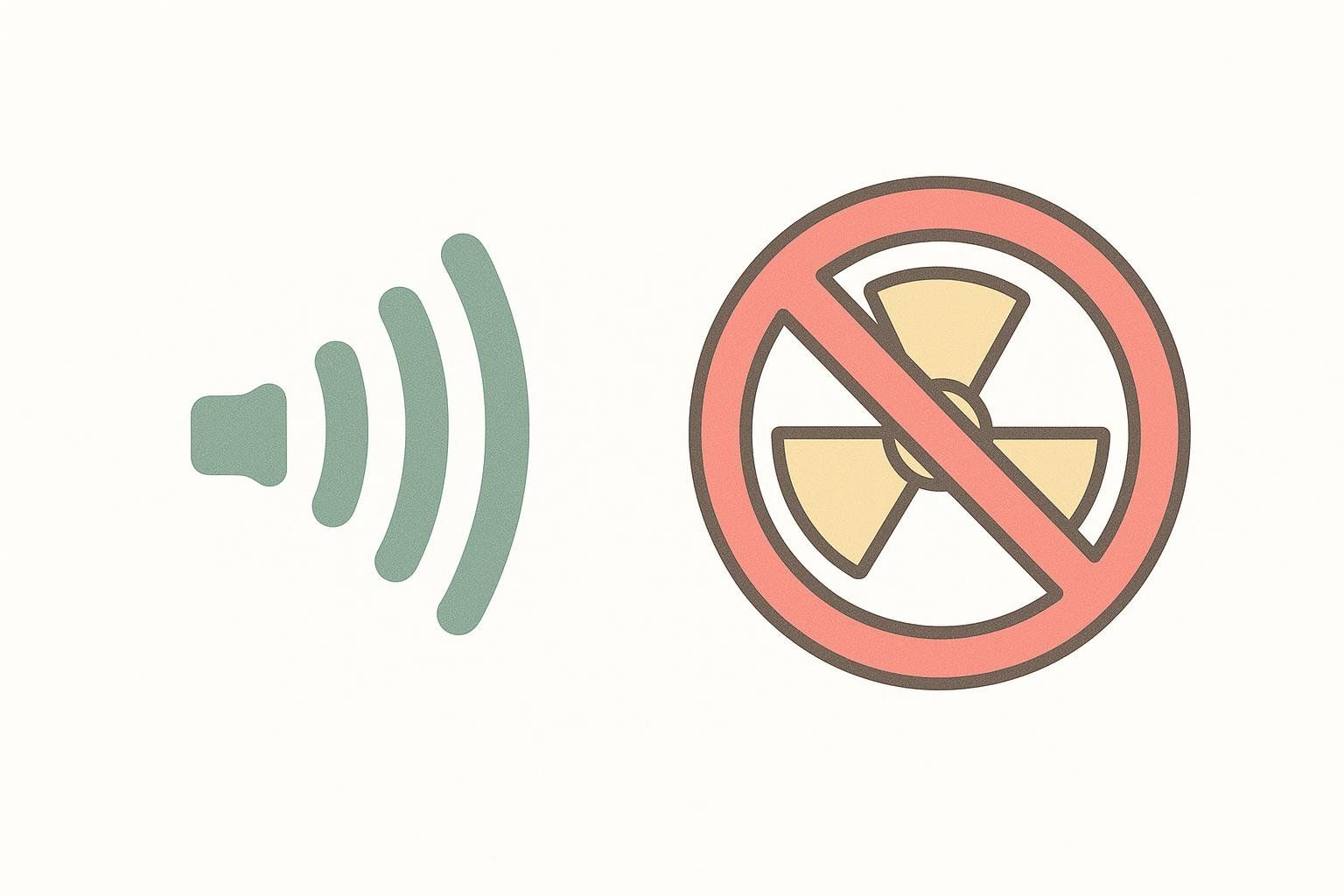
- Safety: Ultrasound uses sound waves, not radiation. It’s considered safe, including during pregnancy (Johns Hopkins Medicine overview).
- Comfort: Most people feel only light pressure from the probe. If an area is tender, let your technologist know so they can adjust.
Getting and understanding your results
A radiologist reviews the images and issues an assessment, often using the BI‑RADS system to standardize findings and next steps. Ultrasound reports describe features like shape, margins, orientation (wider‑than‑tall vs taller‑than‑wide), echogenicity, and posterior acoustic features. Smooth, oval, well‑circumscribed cysts are commonly benign; irregular shape, spiculated margins, and marked shadowing may raise concern and prompt biopsy (StatPearls review; DenseBreast‑info technology page).
Ultrasound vs. mammogram vs. MRI (at a glance)
| Feature | Mammogram | Ultrasound | MRI |
|---|---|---|---|
| Primary use | Population screening | Targeted problem‑solving; some supplemental screening | High‑sensitivity supplemental screening in higher‑risk patients |
| Detects microcalcifications | Yes | No | No |
| Affected by breast density | Yes (reduced sensitivity) | No | No |
| Radiation | Low‑dose X‑ray | None | None (uses strong magnets; often requires contrast) |
| Added cancers found after a normal mammogram in dense breasts | — | ~2–3 per 1,000 screened | ~10 per 1,000 screened |
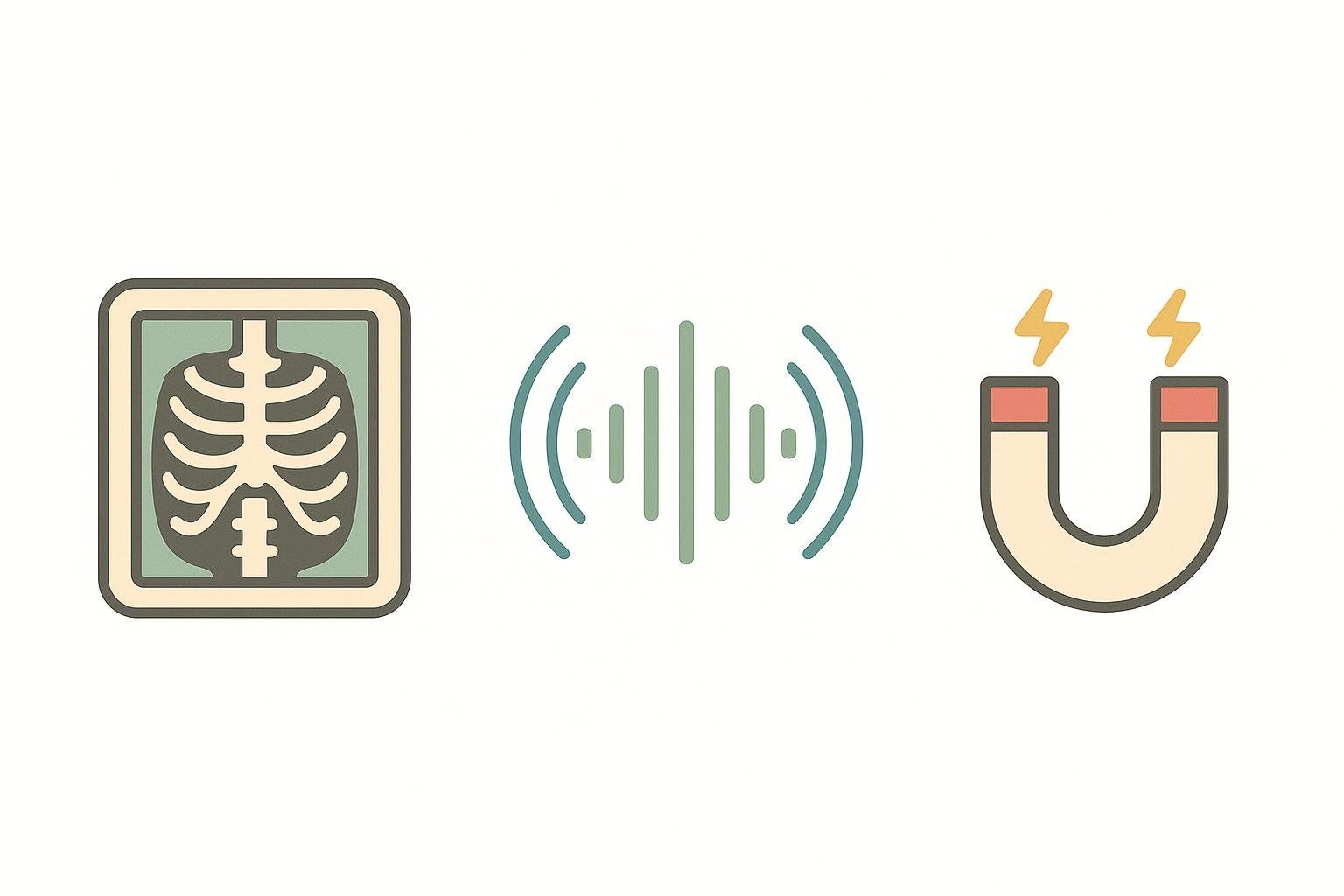
Sources: latest USPSTF guidelines; DenseBreast‑info technology page; Johns Hopkins Medicine overview; DenseBreast‑info MRI page.
Beyond breast imaging: Understand your overall health with DEXA
While a breast ultrasound addresses a specific diagnostic question, understanding overall body composition is another key part of long‑term health management. DEXA uses very low‑dose X‑rays to measure body fat, lean mass, and bone density across your body.
- DEXA does not detect tumors or diagnose disease. It isn’t a cancer screening test.
- What DEXA does: provide objective, repeatable metrics—like visceral fat levels, regional muscle balance, and trends in bone density—so you can spot meaningful changes over time and collaborate with your care team.
Learn more:
Ready to establish your baseline? You can schedule a BodySpec DEXA.

